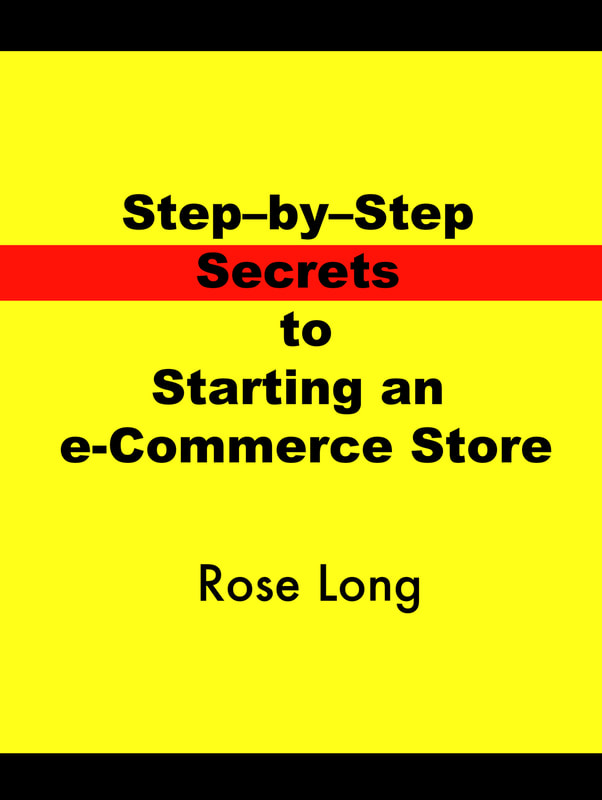|
3. Ethos and Business Model
0 Comments
4. Business Plan
In order to maximise the success of your business, you must think through what your business entails. You should be able to clearly explain the basics of how your business will work so that the reader should be able to understand what the business is about. Your Business Plan is always a work in progress and never the final document. It will always need to be updated. The following headings will help you to cover areas to be described, analysed and clarified in the Business Plan. Although a Business Plan is not a guarantee that the business will be a success, it is an extremely useful document that helps clarify your direction forward and is a requirement when raising funding for the business. Your Business Plan should describe clearly:
Describe the company structure: Why have you chosen this particular type of business structure. i.e. sole trader or limited company. Aims: Name at least 5 goals you would like to achieve. Describe these in different time lines. i.e. one year, three years and over five years. What are the financial goals you would like to achieve in the 1st year. Funding: How much money will you need to start your business and how much will you need to maintain it. How much will you need to up scale the business and make it grow. Where will you get the funds from. Are you putting funds into the business yourself. If not, why not. Decide on a business Name: The name defines your business, helps it stand out from your competitors and people will often form an impression based on this name. You could start by thinking of a short catchy phrase. Although this is not essential, this can help people to remember your brand. This often is seen hand-in-hand with your logo. Elevator Pitch: Can you describe your business in 2 minutes (the time it would take to travel in a lift to another floor). Talk about what your business does; who is your audience and what is the business’s unique selling proposition. The Founder/ Owner: Describe why you want to start this business and why you are the right person to start it. Think about if you have the required and appropriate skills, knowledge, qualifications, training and experience to make it work. Would your hobbies and outside interests help add to the success of the business. What is your product or service (or both): Explain this very clearly so that people will really understand what you are offering. Imagine explaining it to a real novice. You can add images to help describe the product or service. Customers – who are they: Is yours a niche business? Work out who your audience/customers will be. Market Research; This should help clarify your understanding of who you are aiming to sell to. Be specific. Are they businesses or individuals. Have you sold any products and /or services already. Information from these activities will be invaluable market research. Do you have a waiting list of customers for your products and/or services. Marketing: How will you find your customers. Where will you market. Include the costs associated with methods of marketing. Marketing opportunities include:
Who are your competitors: What is your USP (Unique Selling Proposition) compared to your competitors. Use a ‘SWOT’ Analysis. This looks at both their and your
Describe what you will do to address your weaknesses and possible external threats. How will you take advantage of opportunities and how will you work on your strengths. Cashflow and Cost Analysis: Include all costs which may include:
Cost Analysis: Work out your costs and profit margin. Systems: How will the business work day-to-day. What technology do you have. Can this be improved to improve your speed of work. What systems can you set up to help you. 5. Funding and Investment
However much money you work out you will need, double it! There are varied routes to find investment for your company.
6. Market Research
This research should help you to understand who your market is and how it behaves as well as what your potential customers expect from you, your products and/or services. Market Research can take the form of field work and research from your desk (internet and books). Research other businesses and their customers that are providing similar services. Research locally first.
In the field ask potential customers what they think of your business idea and product. Test whether they will buy your product. Ask questions like: ‘Are you happy or unhappy with the product?’ ‘Would you buy my product at ‘x’ price?’ ‘Would you buy from this location e.g. online website?’ ‘Do you already buy from similar businesses?’ Testing your product: What products did you try to sell and at what price. What did you learn after test trading. Are there things you have decided to change because of what you learnt or because of the feedback you received. Cashflow and cost analysis Back-up plan. Have a Plan B. This might just include on your reducing your costs or having a smaller inventory to save on costs. |
Author
Archives
October 2023
Categories
All
|
Copyright © 2024 Rose Long. All rights reserved.



 RSS Feed
RSS Feed